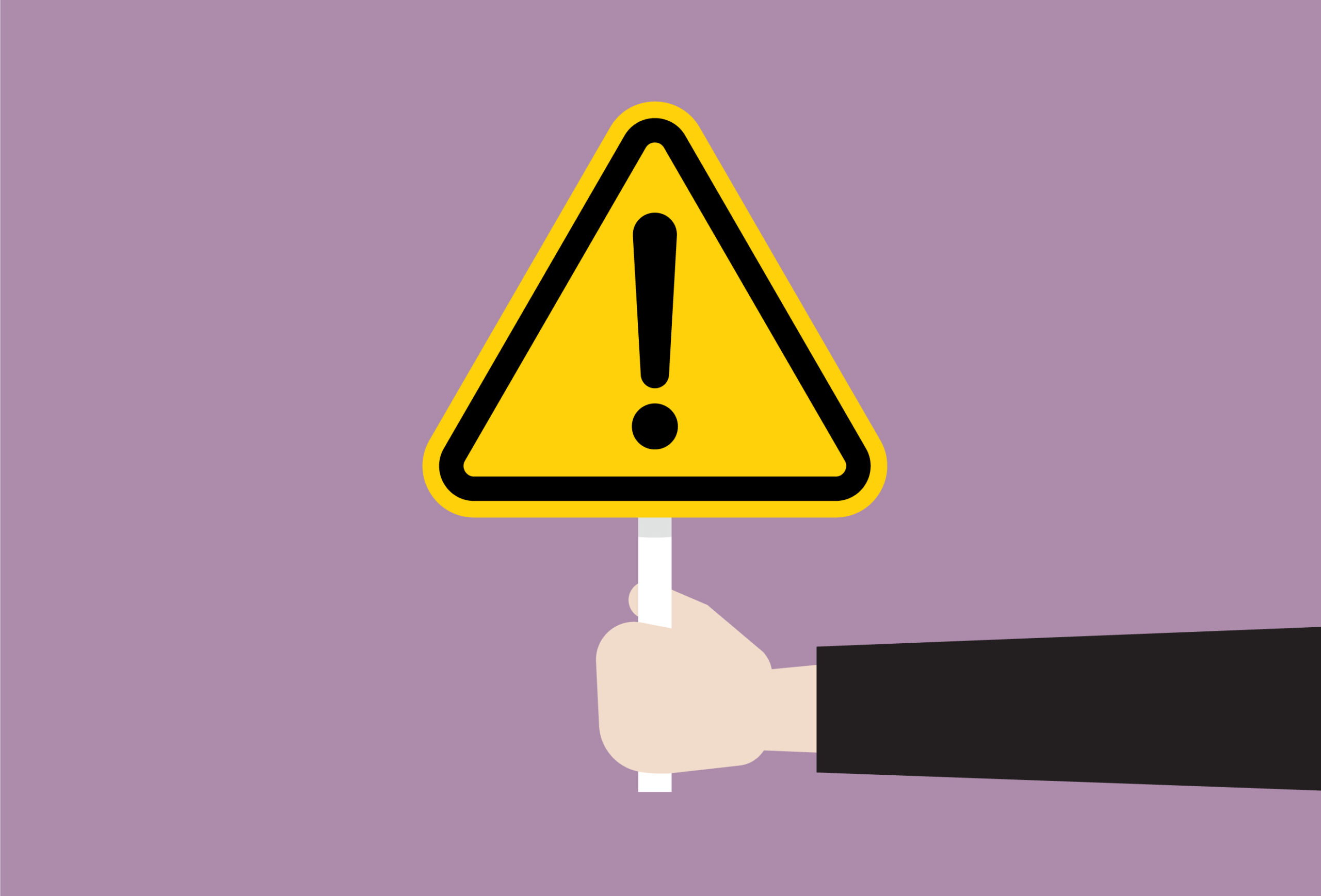Is Naloxone Guidance the New AED Training?
Opioid overdoses in the workplace are occurring more frequently, with deaths nearly doubling from 2019 to 2021. The fast-acting reversal drug, naloxone, has become a recommended tool in first aid kits, so should employers consider a usage program?
April 23, 2024

Naloxone is a medication used to rapidly reverse opioid overdoses. While it has been used by first responders for decades, it has recently become more widely available. Most states allow a pharmacist to provide it without a prescription, and some have also made it available free of charge at community-based distribution programs, local public health groups, or local health departments. However, when considering availability in workplaces, employers have reasonable concerns about proper usage and liability issues.
“The extent of naloxone’s availability, particularly in high drug use areas, goes as far as librarians, park rangers, and even vending machines,” said Susan Thomson, Director – Public Entity Underwriting at Safety National. “It is better to have it and not need it than the other way around. However, anyone who may have to use it should be trained on the signs of an overdose and how to administer it. Specific policies and procedures should be outlined for any employer willing to keep it on hand.”
Here are some considerations employers should be aware of prior to implementing a naloxone use training program.
Establishing a Program
Like any safety program, the first step is outlining policies and procedures, which should involve your risk management and safety professionals. They can help you decide if your workplace is at high risk for an overdose. Some industries experience a greater frequency of opioid-related overdoses, like transportation and warehousing, construction, healthcare and social assistance. Organizations will also need to decide if there are employees willing to take training on administering naloxone. Additional considerations like purchasing, storage, and a plan for who will administer it in an emergency are essential to this safety program. For most workplaces, the nasal spray formulation may make the most sense since it is easier and safer to use.
Training Guidelines
Everyone who could potentially be involved with administering naloxone should have a clearly defined role and responsibility in the event of a suspected overdose. Start by including those already trained in automated external defibrillator (AED) and first aid use since they are aware of emergency policies and procedures. According to the National Institute for Occupational Safety and Health, emergency staff should be able to:
- Recognize the signs of a possible opioid overdose.
- Understand how to assess safety concerns of an incident, like potential drug exposure.
- Know when to wait for an emergency responder.
- Use personal protective equipment to protect themselves.
- Administer naloxone and know when additional doses may be necessary.
- Appropriately respond to additional symptoms from a response, like combativeness.
Training programs should be consistently reevaluated, taking into consideration new risks. Medications should be replaced upon expiration, and retraining should be a regular occurrence, like with AED and first aid use.
Liability Concerns
Naloxone overdose prevention laws have greatly expanded in recent years. All 50 states and the District of Columbia have Good Samaritan laws for the use of naloxone that may protect anyone who administers naloxone from both civil and criminal liability. These laws also extend immunity to first responders and law enforcement professionals acting in good faith. According to the Bureau of Justice Assistance, the risk of liability to police officers is low since overdose response is no different from any other good faith response to an emergency. However, employers should consult with their legal team to assess their own liability risks, particularly in states where civil and criminal liability may be questionable.

























